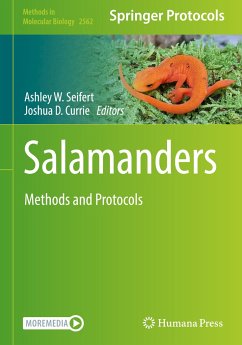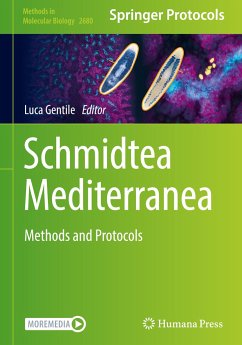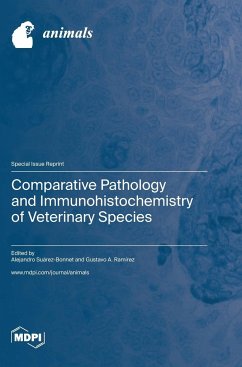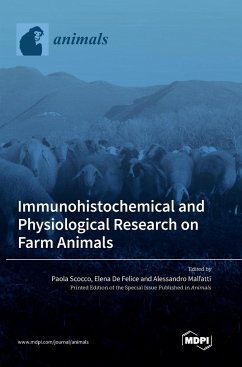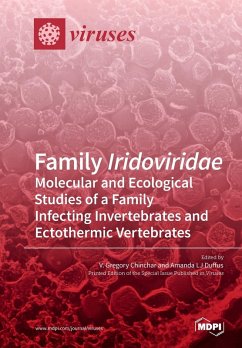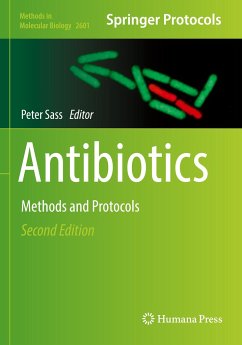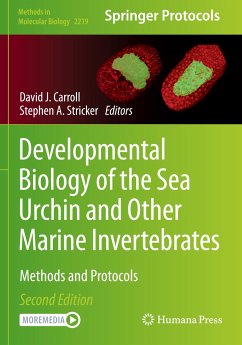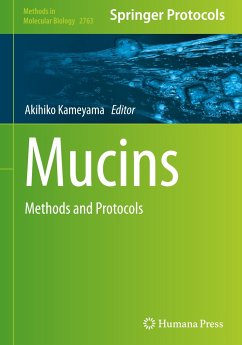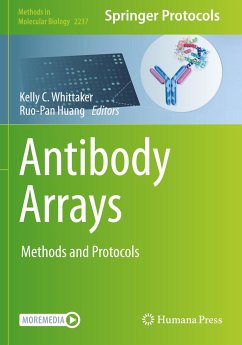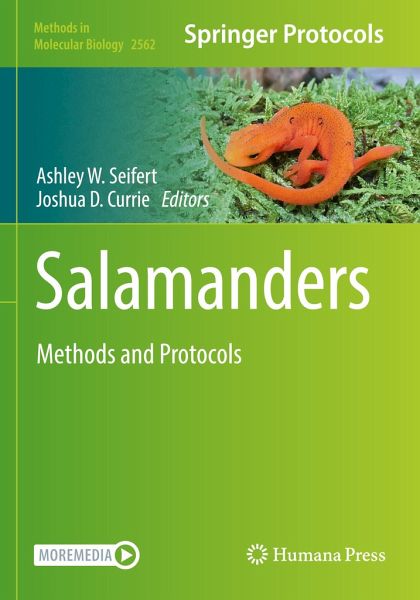
Salamanders
Methods and Protocols
Herausgegeben: Seifert, Ashley W.; Currie, Joshua D.
Versandkostenfrei!
Versandfertig in 6-10 Tagen
117,99 €
inkl. MwSt.

PAYBACK Punkte
59 °P sammeln!
This volume provides a comprehensive reference for researchers aiming to bring new techniques and approaches to their scientific research using urodeles. Chapters are authored by leaders in the field and meant to guide readers through laboratory colony husbandry, traditional molecular techniques, experimental manipulation and surgeries, bioinformatics and genomics, transgenics and lineage-tracing, and physiological and organismal techniques. In addition to laboratory methods, this volume highlights techniques developed for field studies and work with wild-caught animals. Written in the success...
This volume provides a comprehensive reference for researchers aiming to bring new techniques and approaches to their scientific research using urodeles. Chapters are authored by leaders in the field and meant to guide readers through laboratory colony husbandry, traditional molecular techniques, experimental manipulation and surgeries, bioinformatics and genomics, transgenics and lineage-tracing, and physiological and organismal techniques. In addition to laboratory methods, this volume highlights techniques developed for field studies and work with wild-caught animals. Written in the successful Methods in Molecular Biology series format, chapters include introductions to their respective topics, lists of the necessary materials and reagents, step-by-step, readily reproducible protocols, and notes on troubleshooting and avoiding known pitfalls.
Authoritative and state-of-the-art, Methods in Salamander Research aims to be a practical guide for researchers interested in deploying new methodologies in their lab or in the field.
Authoritative and state-of-the-art, Methods in Salamander Research aims to be a practical guide for researchers interested in deploying new methodologies in their lab or in the field.



